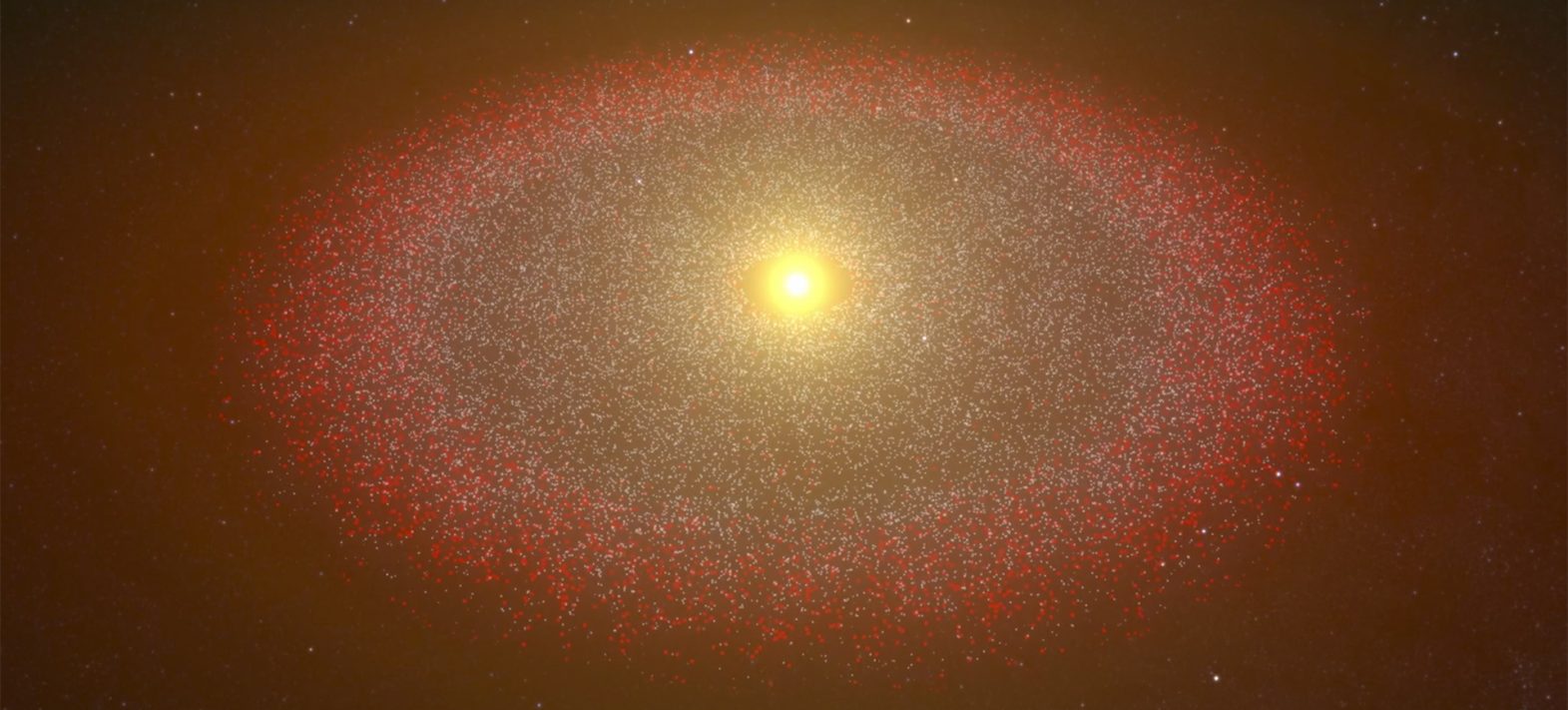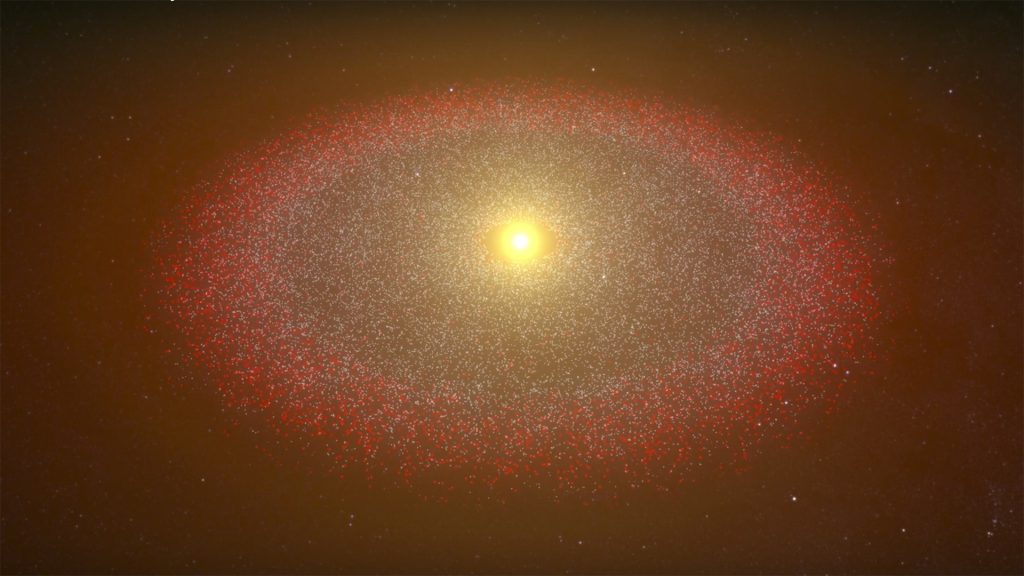Meteorites reveal the early history of the Solar System
Over the past few months, a team of researchers from the Institut de Physique du Globe de Paris, Université de Paris, CNRS and Muséum National d'Histoire Naturelle have published a series of three papers elucidating the formation of the first minerals in our Solar System.

Publication date: 12/12/2019
Press, Research
Related teams :
Cosmochemistry, Astrophysics and Experimental Geophysics (CAGE)
Related themes : Origins








